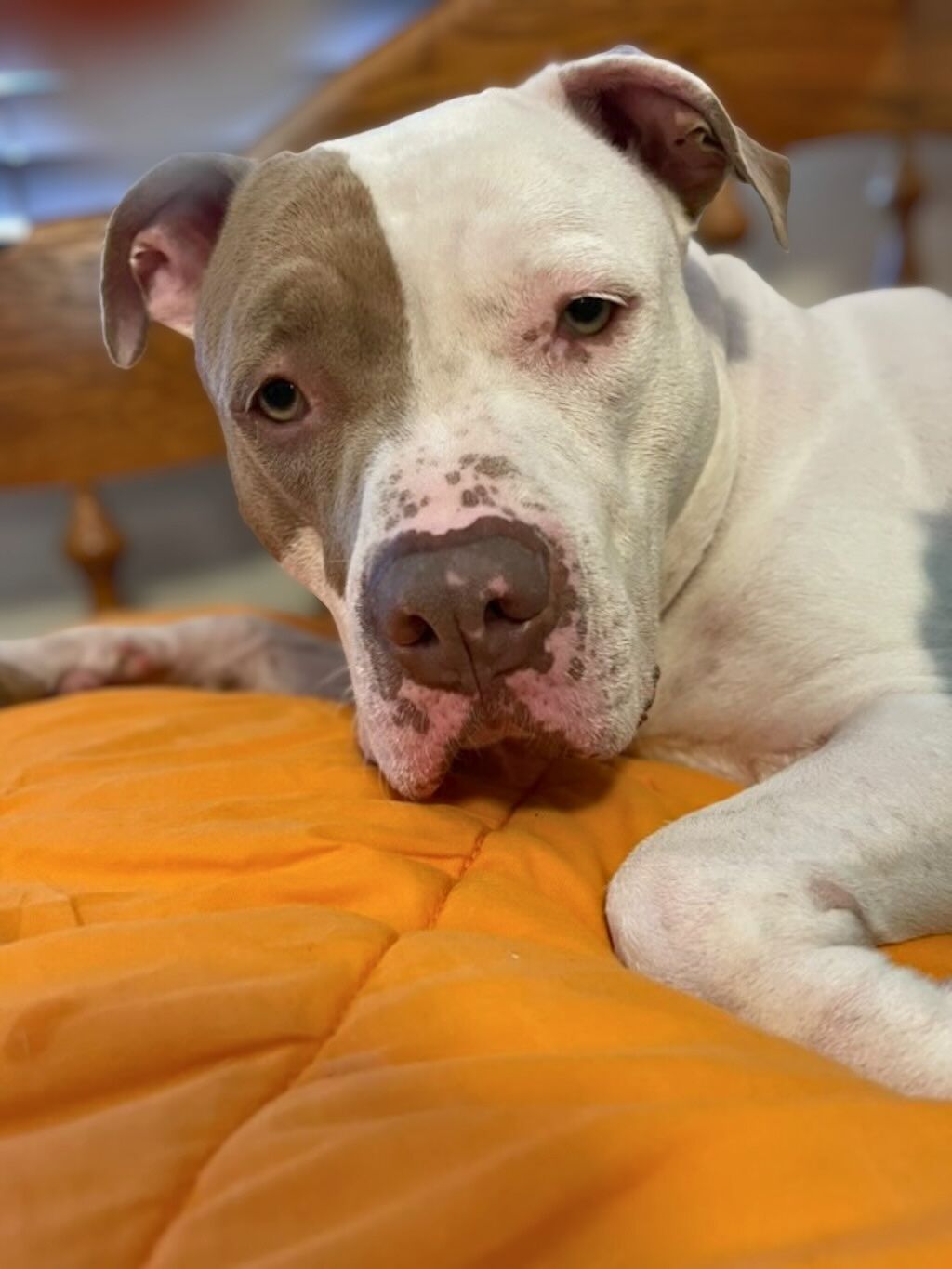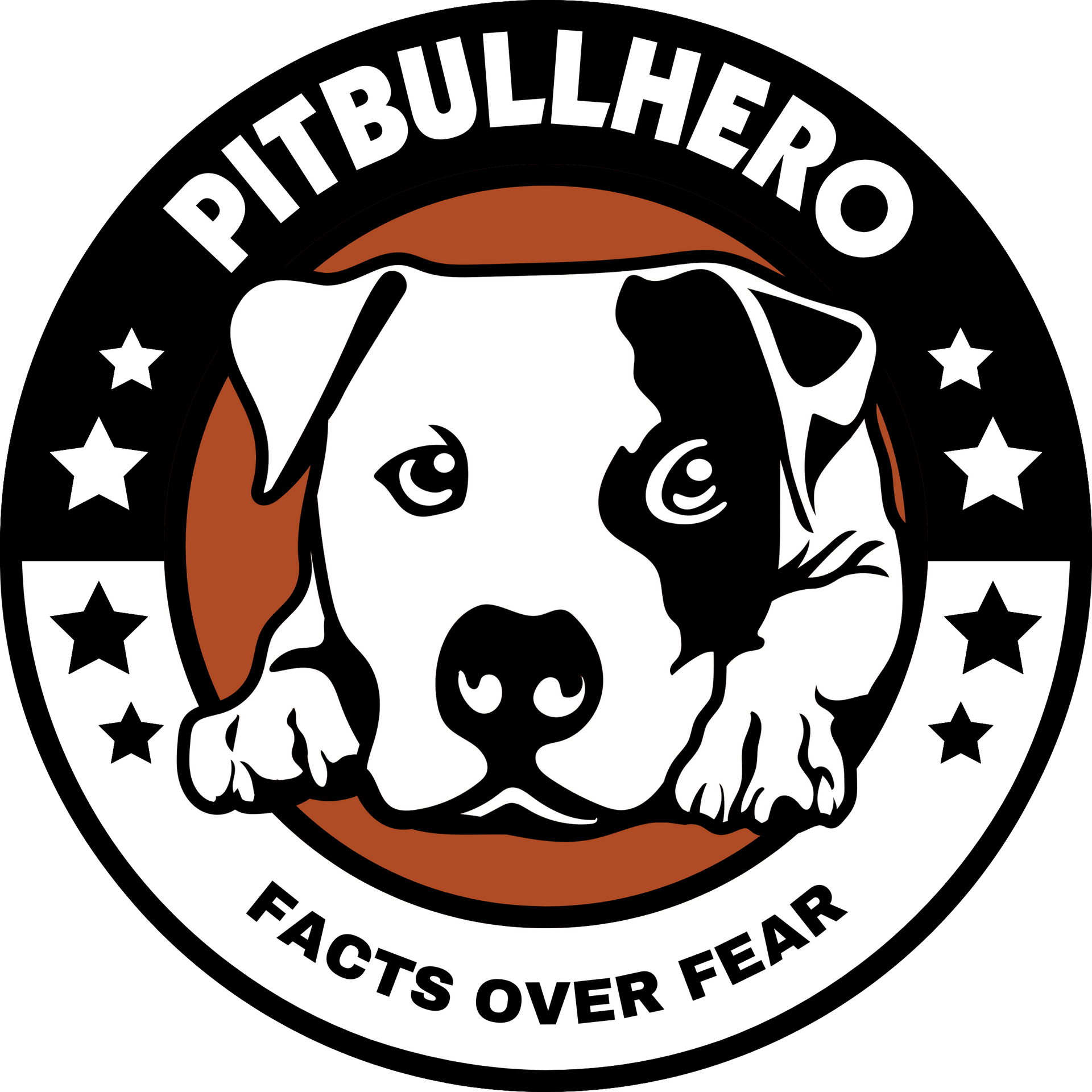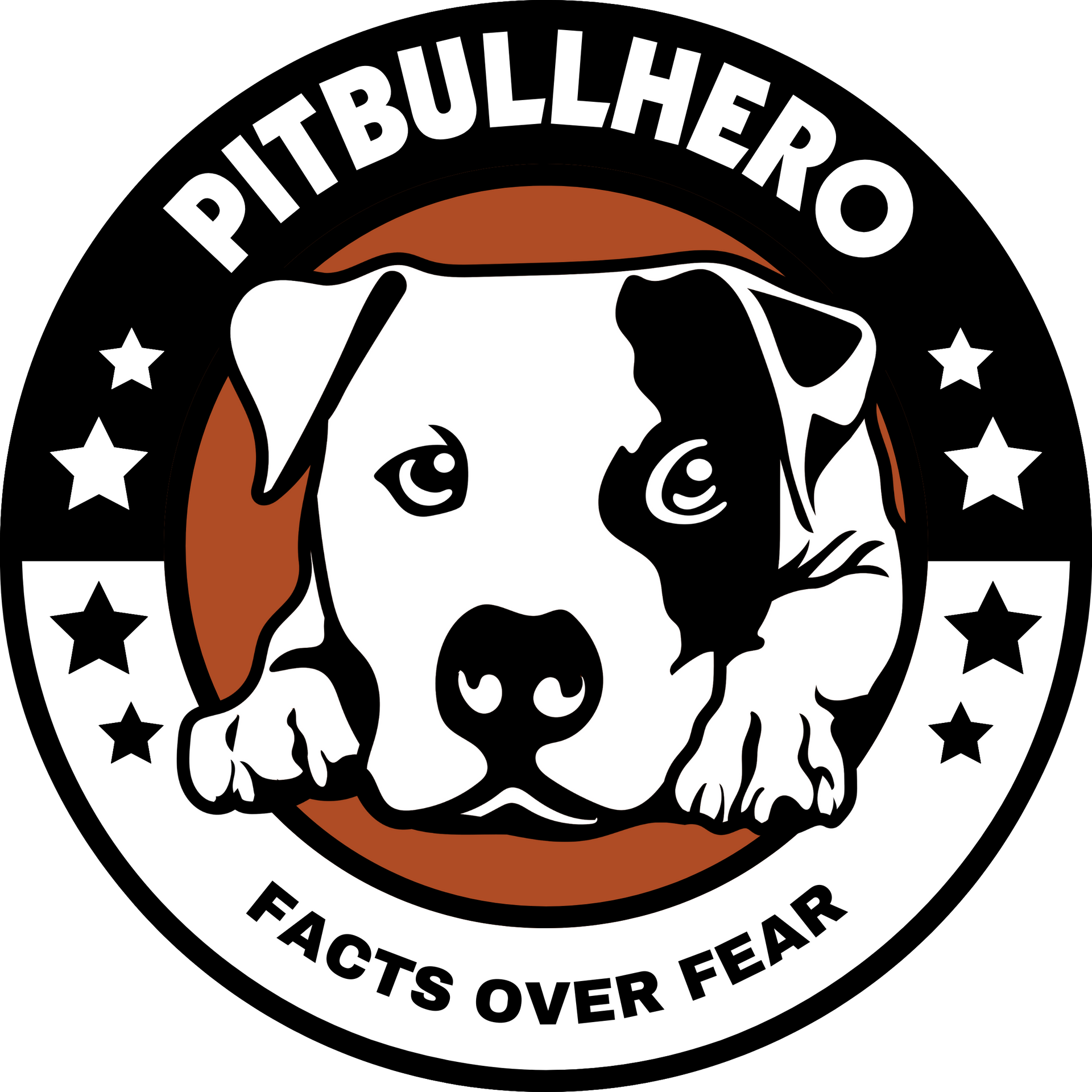Responsible
Ownership
Responsible Dog ownership
Good dogs come from good owners. A dog's behavior, health, and overall well-being are shaped more by the care they receive than by their breed or background. Responsible dog ownership means more than just love — it involves consistent veterinary care, proper nutrition, daily exercise, mental stimulation, training with positive reinforcement, and socialization.
It also includes meeting your dog's emotional needs, ensuring their safety, and being prepared for the lifelong commitment that comes with having a dog. When dogs are set up for success, they're far more likely to thrive as safe, happy members of the family and the community.
While all dogs deserve responsible ownership, large and powerful breeds — such as German Shepherds, Rottweilers, Doberman Pinschers, Cane Corsos, Huskies, Mastiffs, pitbull–type breeds, and many other strong breeds and mixes — require an even higher level of care to ensure everyone's safety and well-being. Nearly all serious dog bite–related incidents, regardless of breed, stem from preventable failures in responsible ownership.

83+ Breeds
Safety is not breed-specific: Over 80 breeds have been reported in fatal attacks in the U.S. since 2016 — serious dog bite incidents can involve many different breeds and mixes.
Source: Dog Bite-Related Fatalities
84% Intact
Many incidents are easily preventable: 84% of fatal dog attacks involve dogs that are intact — spaying or neutering your dog greatly reduces the risk of aggression.
Source: Comprehensive Dog Bite Studies
9% Behavior
Don't make assumptions based on breed: Only around 9% of a dog's behavior is attributable to breed, confirming that breed has minimal impact on behavior.
The Basics
It is the human's responsibility to teach our dogs the behaviors that we find appropriate, and reward them when they do the things we like. Just as importantly, it is our role to show them which behaviors are not appropriate in a constructive and compassionate manner that does not lead to further anxiety on the dog's part.
Vitals
- Regular veterinary checkups and all required vaccinations.
- Adequate food and water (a hungry dog is an unhappy dog).
- Strongly consider spaying or neutering (the majority of serious incidents involve intact dogs, which are linked to higher rates of aggression).
Exercise
- Adequate exercise (walks, playtime) appropriate for the dog's age and energy level.
- Exposure to both indoor and outdoor activities.
- At least 30 minutes of exercise should be provided twice daily for younger dogs (typically under 5 years old).
Training
- Teach basic obedience commands such as "sit," "stay," and "come."
- Use positive reinforcement (reward good behavior with treats or praise).
- Avoid punishment-based training, as it can lead to undesirable behaviors such as fear or increased aggression.
- Socialize dogs early, if possible, with other people and dogs.
- Invest in professional dog training if needed — many shelters offer training programs at a reduced cost.
Safety
Any dog can bite, regardless of its breed. It is the dog's individual history, behavior, general size, number of dogs involved, and the vulnerability of the person bitten that determines the likelihood of biting and whether a dog will cause a serious bite injury.
Basic Safety
- Supervision: Always supervise dogs around infants and young children.
- Identification: Tag and chip all dogs (they should wear a collar with ID tags and be microchipped).
- Leash control: Use a leash on walks or in any situation where a dog could escape from its owner or guardian.
- Dogs-at-large: Never allow dogs to run loose unless in a fully secured or fenced-in area. The only exception is in a designated off-leash area where the dog is under full voice and sight control.
- Proper containment: If available, provide a secure, fenced-in yard for safe playtime and potty breaks.
- Local ordinances: Follow all local laws and ordinances regarding dogs (e.g., leash laws).
Bite Prevention
- Most dog bite–related incidents can be prevented by recognizing the warning signs of aggression or problematic behavior.
- Any signs of severe aggression or unsafe behavior should be professionally evaluated by a veterinarian, certified dog trainer, or licensed canine behavior specialist.
- While all dogs may show aggression in certain situations, any unsafe dog-on-dog or dog-on-human behavior should be taken seriously and evaluated by a professional.
- In many cases, aggression can be managed through professional training, avoiding high-risk situations (such as dog parks), using tools like muzzles during walks, or with veterinarian-prescribed medication.

